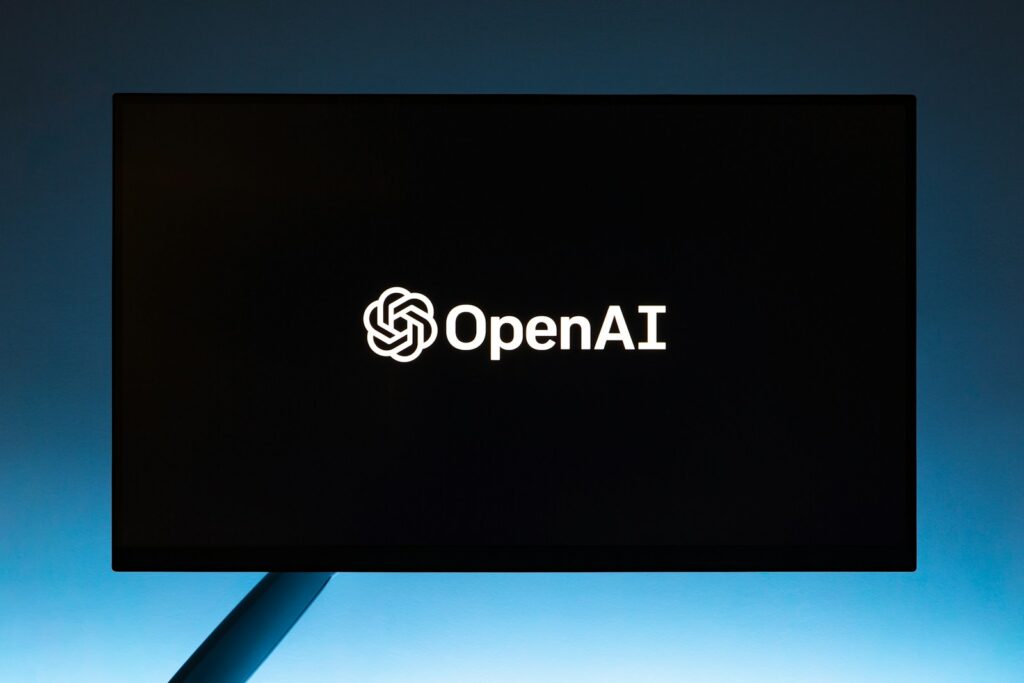OpenAI has officially become the third-largest startup globally after raising $6.5 billion in its latest funding round, elevating its valuation to $150 billion.
This valuation puts OpenAI, supported by Microsoft, behind only ByteDance and SpaceX. The funding underscores the company’s significant advancements in artificial intelligence technology and its potential to continue shaping the future of AI-powered innovation.
OpenAI, the world’s leading artificial intelligence (AI) startup, is planning to transition from its nonprofit roots to a for-profit company. Although this shift is intended to simplify operations, the process is anything but simple. As OpenAI navigates this transition, it will face numerous regulatory, financial, and structural challenges.
OpenAI Emerges as the Third-Largest Startup Globally After $6.5B Funding Round
Following its latest fundraising round, OpenAI has cemented its position as a leading force in the global tech landscape. The AI-focused company, known for its advanced AI systems like GPT-4, raised an impressive $6.5 billion, elevating its valuation to $150 billion. This substantial growth places OpenAI as the third-largest startup globally, trailing only TikTok’s parent company ByteDance and Elon Musk’s SpaceX.
The latest funding round highlights the increasing value of artificial intelligence technologies and their potential to reshape industries. Backed by major stakeholders such as Microsoft, OpenAI’s strategic alliances have fueled its rapid growth, expanding its influence in areas like natural language processing, robotics, and AI applications across sectors.
The company’s evolution from a research lab to a commercial powerhouse has attracted attention from top investors. As the race for AI supremacy intensifies, OpenAI’s progress in developing highly sophisticated language models like GPT-4, alongside partnerships with industry giants, has propelled it to the forefront of innovation.
This funding is also expected to accelerate the development of OpenAI’s next-generation models and further enhance its commercial offerings, ranging from AI tools for enterprise-level use to consumer-focused applications. The new capital will likely aid OpenAI’s mission of ensuring that artificial general intelligence (AGI) benefits all of humanity while competing with other big players in the AI sector.
With its newfound status as the third-highest valued startup, OpenAI continues to shape the future of AI and remains a key player to watch in the ever-evolving technology landscape. Investors and industry experts alike eagerly anticipate the next phase of its journey.
Why OpenAI’s $6.5 Billion Round Matters:
- Valuation Surge: OpenAI’s new $150 billion valuation makes it a top-three startup globally.
- Strategic Partners: Microsoft’s support and investment continue to bolster OpenAI’s growth.
- AI Leadership: OpenAI remains a pioneer in AI, with the GPT series leading advancements in language models.
Current Structure of OpenAI
Founded in 2015 as a nonprofit, OpenAI was initially focused on the safe development of AI technologies. In 2019, the organization established a for-profit subsidiary to raise more funding, with the nonprofit board maintaining control over the subsidiary’s decisions.
The nonprofit’s mission remains focused on safety and public benefit, meaning the board can prioritize these principles even over shareholder interests.
The nonprofit will continue to play a role in OpenAI’s structure, owning a stake in the new for-profit entity while conducting charitable work.
Why Transition to a For-Profit Model?
Pressure to change began after the brief but notable ousting of CEO Sam Altman last year, which raised concerns among investors about OpenAI’s unusual governance structure. To alleviate these concerns and offer investors more predictable returns, OpenAI is transitioning to a typical for-profit model.
Major investors, such as Microsoft, have already poured billions into OpenAI, yet they technically do not own traditional equity. They instead own a share of future profits, a structure that limits their returns. By converting to a for-profit model, OpenAI can eliminate these caps and make equity sharing clearer and more attractive to current and future investors.
Legal and Regulatory Hurdles
The conversion is complex from a legal perspective. OpenAI is based in Delaware, a state known for its business-friendly laws, making the legal restructuring relatively straightforward. However, OpenAI will face significant challenges in determining how to split its assets between the nonprofit and the new for-profit company.
The law dictates that OpenAI’s nonprofit cannot simply transfer its assets to a for-profit company. Instead, it must receive compensation of equal value, such as proceeds from selling its operations to the for-profit entity. Valuing these assets, which could include intellectual property such as patents on AI technologies, will be a major challenge.
Regulatory Scrutiny and Investor Concerns
Microsoft’s relationship with OpenAI has already drawn regulatory attention, particularly regarding whether the tech giant has undue influence over the startup. A shift to a traditional equity model might intensify this scrutiny, especially under antitrust laws.
OpenAI also faces a lawsuit from Elon Musk, one of its original co-founders, who claims he was misled into believing that OpenAI would remain a nonprofit. The outcome of this lawsuit could have significant implications for the transition process.
The Future of OpenAI’s Nonprofit
Post-conversion, the nonprofit arm of OpenAI is expected to continue its charitable work, including research on universal basic income and grants focused on technology and social equality. It remains unclear how the nonprofit will function in relation to the for-profit entity. Still, it will likely continue to hold a stake in the company, providing ongoing income for its charitable efforts.
Another key challenge will be determining the nonprofit’s access to new AI technologies developed by the for-profit company. Clarifying these rights will ensure the nonprofit remains aligned with its mission.
Final Words
OpenAI’s transition to a for-profit company will be lengthy and challenging, involving legal, financial, and regulatory hurdles. With investors eager to secure clearer stakes in the company and the nonprofit striving to maintain its mission, the road ahead is full of complexities.
As OpenAI moves toward this new chapter, it will need to carefully balance the interests of its stakeholders while adhering to its foundational goals of safety and public benefit.
